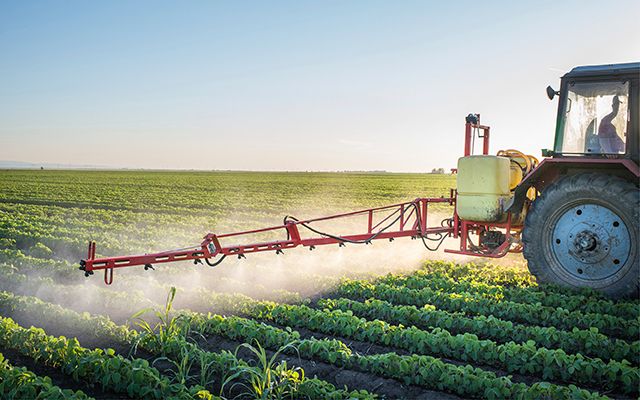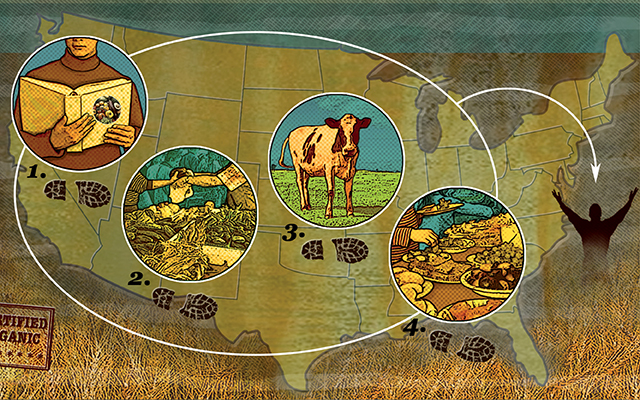After decades of debate and volumes of research questioning the safety of glyphosate, the active ingredient in one of the world’s most popular herbicide, the U.S. Food and Drug Administration (FDA) has agreed to begin testing for residues of the chemical in our food.
The announcement comes on the heels of a 2015 World Health Organization (WHO) study that found glyphosate to be “probably carcinogenic to humans” and a 2014 letter from the U.S. Government Accountability Office chastising the FDA for not monitoring the chemical more closely.
The agency declined to test for glyphosate in the past because it would’ve been too costly, FDA spokesperson Lauren Suchen told Science News. But the agency has recently streamlined its testing methods, she said, making it less expensive and labor intensive. It has begun preparing plans to measure chemical residues in soybeans, corn, milk, eggs, and other foods.
Glyphosate was first introduced in 1974 as the active ingredient in Monsanto’s Roundup herbicide, a weed killer touted for its benign environmental impact. Since the 1990s, when Monsanto began developing and marketing genetically modified seeds that were designed to tolerate the herbicide, its use has dramatically increased. The journal Environmental Sciences Europe estimates that 9.4 million tons of the chemical have been sprayed on fields around the world in the past 40 years — about a half-pound for every acre of cultivated land on the planet.
Research measuring glyphosate’s affect on human health has done little to settle the debate. U.S. regulatory agencies have ruled that the chemical is essentially harmless. A 2011 study by the U.S. Department of Agriculture (USDA) found glyphosate residue on 90 percent of the soybean samples tested, but concluded that the levels were within acceptable limits. Other studies, including WHO’s recent report, have reached more alarming conclusions. Separate studies in Canada, Sweden, and the United States have found that people who work with herbicides containing glyphosate showed an increased risk of non-Hodgkin’s lymphoma.
Monsanto has long defended its best-selling herbicide against critics, including environmental advocates who point to glyphosate as the primary cause of the recent decline of monarch butterflies. The company is currently battling the state of California over its decision to label glyphosate as a carcinogen under Proposition 65. Monsanto spokesperson Charla Lord told Newsweek the company is confident that the FDA will find glyphosate to be safe.
“No data have ever indicated residue levels [on food] of more than a fraction of EPA’s very conservative Allowable Daily Intake or any level of concern,” Lord explained. “If FDA does move forward with residue testing in a scientifically rigorous manner, we are confident it will reaffirm the safe use of this vital tool used safely and effectively by farmers, landowners, and homeowners around the world.”
Regardless of its findings, the FDA’s move is unlikely to silence food-safety and environmental advocates, who argue that regulatory policies often favor business over consumers. The EPA increased its allowable levels of glyphosate exposure in 2013; the amount of exposure the agency now says is safe is 17 times higher than it was in 1996. And studies show that use of the herbicide has risen nearly 15-fold since that time.
“The alarm bell is ringing loud and clear,” Nathan Donley, PhD, of the Center for Biological Diversity told EcoWatch. “It’s long past time to start reining in the out-of-control use of this dangerous pesticide in the United States and around the world.”
One of the best ways to avoid glyphosate and other chemicals in your food is to buy organics. For tips on how to stock your pantry with healthier fare, see “How Healthy People Eat Cheap” in our March 2009 issue.




This Post Has 0 Comments